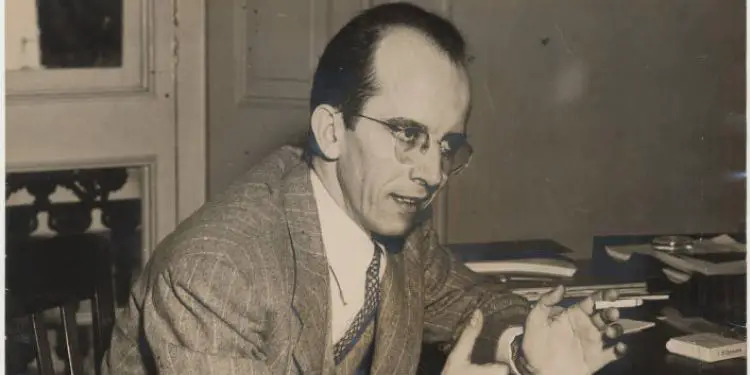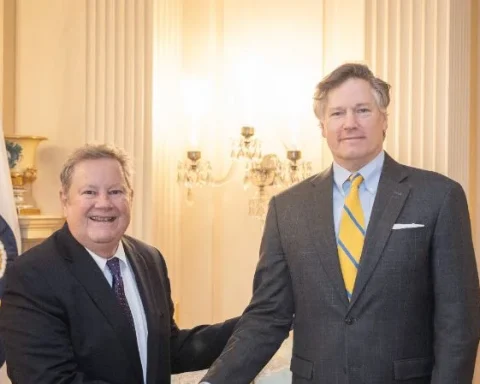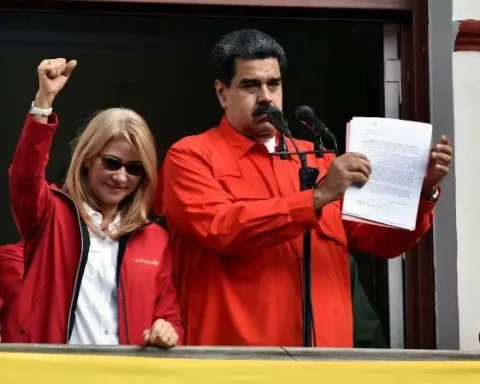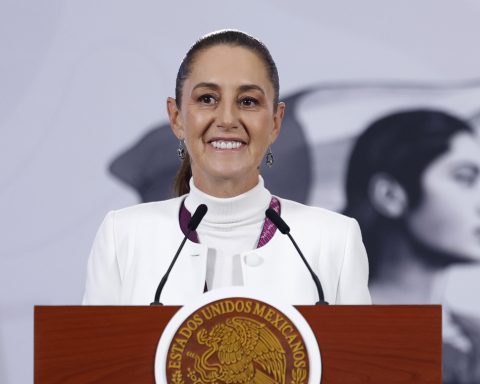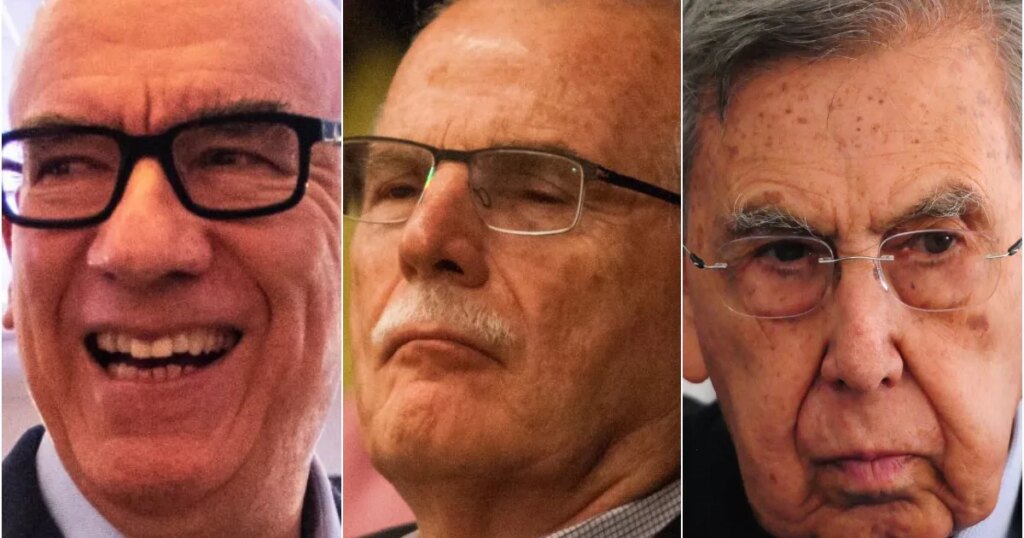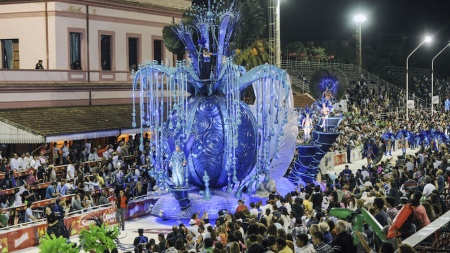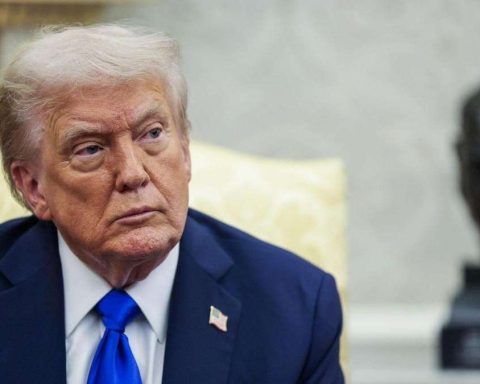Havana Cuba. – One of the most valuable elements of the first revolutionary government headed by President Manuel Urrutia Lleó in 1959 was the economist Felipe Pazos. After the bearded men came to power, Pazos was reinstated as president of the Banco Nacional de Cuba, a position he had held since that institution was founded in 1950, during the presidency of Carlos Prío Socarrás. (In 1952 Pazos left office when he did not agree with the coup d’état of Fulgencio Batista).
This prominent economist was part of the Cuban delegation that attended the Bretton Woods Conference in 1944, which laid the foundations for postwar international monetary relations. From there arose the International Monetary Fund and the World Bank. In addition, he taught at various Cuban universities in the 1950s, including the Catholic University of Villanueva and the Universidad de Oriente.
Because of his sympathies with Movement July 26helped the American journalist Herbert Matthews to climb the Sierra Maestra to interview Fidel Castro, which put an end to the government version that insisted on the physical disappearance of the rebel leader.
However, very soon Felipe Pazos’ adherence to Castroism would fade away. He did not welcome the influence that some communist figures were acquiring in the revolutionary government. In particular, he was disappointed with the departure of Urrutia from the presidency, and with the imprisonment of Commander Hubert Matos.
Thus, he left the presidency of the Banco Nacional de Cuba in November 1959, when Che Guevara would be appointed to that position. On that date, Pazos was appointed Cuba’s ambassador to some European organizations, and in the end he decided to break definitively with the government, whose puppet president, Osvaldo Dorticós, fully adhered to Fidel Castro.
Abroad, the professionalism of this illustrious Cuban economist would continue to shine. He was an important factor in shaping some of the Alliance for Progress programs promoted by President John Kennedy in the 1960s to contribute to the well-being of Latin American countries. Similarly, he was chief economist at the Inter-American Development Bank (IDB).
At the end of his life, he settled in Venezuela, where he served as advisor to the Central Bank of that country. He passed away in 2001 at the age of 89.
He wrote several books on economic news in Latin America. In particular, he was concerned about development problems, as well as the inflationary processes that affected the countries of our region.
Of course, this break between Felipe Pazos and Castroism was going to decree his oblivion by the Cuban ruling party. In 2007 the book saw the light The economic thought in the Cuban nation, authored by the official economist Ernesto Molina. The author takes a tour of the work of the most prominent Cuban economists, from the colony to the regime that emerged after 1959. From Francisco de Arango y Parreño in the 18th century to Carlos Rafael Rodríguez at the end of the 20th century, through the “contributions” of Fidel Castro.
And, as is logical to suppose, the name of Felipe Pazos does not appear anywhere in that book. The prominent economist joins in official oblivion figures such as the essayist and professor Jorge Mañach, the novelist Guillermo Cabrera Infante and many others who broke away from the Castro dictatorship.
OPINION ARTICLE
The opinions expressed in this article are the sole responsibility of the person who issues them and do not necessarily represent the opinion of CubaNet.
